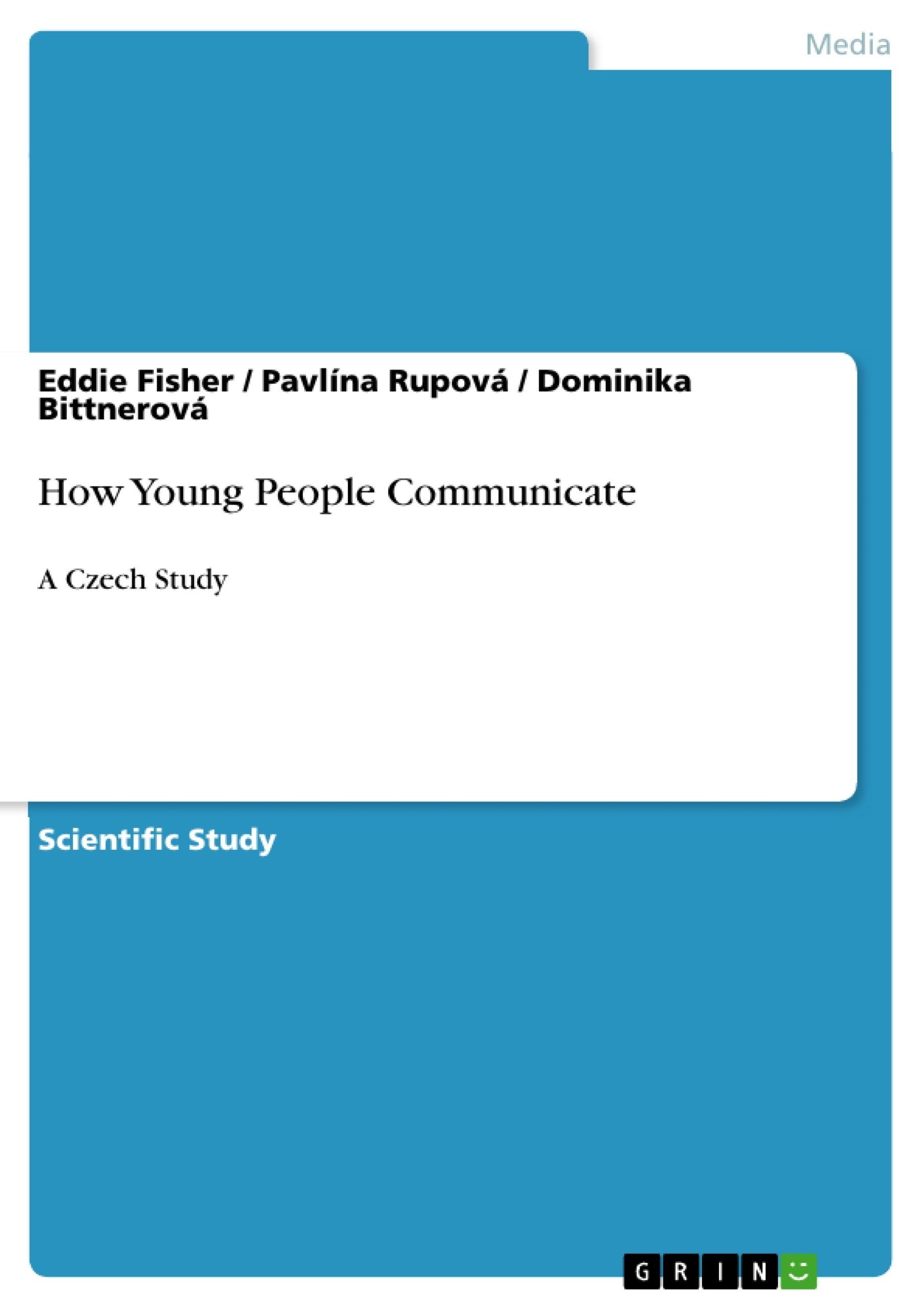There appears to be a relationship between the latest communications technology and how effectively young people communicate. It is a world-wide phenomenon. This research investigates how young people in the Czech Republic communicate today in an era of increased use of social media and mobile technology. The research was limited to the city of Olomouc. Results suggest that face to face communications by and amongst young people are diminishing fast at the expense of social media such as Facebook and What’s App and sending SMS text messages. This trend could have adverse effects in future on how well young and older people live and work together within their communities. The outcome of this research suggests that proactive steps should be taken now to educate young people in the appropriate use of mobile technology and social media. It would ensure that they retain their ability to communicate effectively not just with their peer groups but also with other age groups and with people from other cultures. Social \Psychology/Psychology needs to take a much more proactive role to address this issue so that the lives of people at all ages can be improved. The outcomes of this research should be of interest to other countries, too, as this phenomenon is not limited to the Czech Republic.
Keywords: Effective Communication, Communication Style, Attitude and Behaviour, Social Media, Mobile Technology
Inhaltsverzeichnis (Table of Contents)
- Introduction
- Introduction
- Literature Review
- Main Research Questions
- Research Methodology
- Method
- Data Collection and Interpretation
- Results
- Literature Review
- Face to Face Interviews
- Discussion
- Conclusions
Zielsetzung und Themenschwerpunkte (Objectives and Key Themes)
This research investigates the communication styles of young people in the Czech Republic, particularly focusing on the impact of social media and mobile technology on face-to-face communication. The study aims to explore how these technological advancements influence communication patterns and their potential consequences for social interaction within communities. Additionally, the research seeks to understand the factors contributing to effective communication and the importance of intercultural communication in the digital age.
- Impact of mobile technology and social media on communication styles of young people in the Czech Republic
- Decline of face-to-face communication among young people
- Consequences of this trend for social interaction and community development
- Factors contributing to effective communication and intercultural communication in the digital age
- The role of social psychology in addressing the evolving landscape of communication.
Zusammenfassung der Kapitel (Chapter Summaries)
The introduction delves into the changing landscape of communication among young people globally, emphasizing the influence of mobile technology and social media. It highlights the potential consequences of this shift for community development and the need for young people to retain effective communication skills.
The research methodology section outlines the methods employed in the study, including data collection and interpretation techniques.
The results chapter presents findings from the literature review and face-to-face interviews, shedding light on the communication styles of young people in the Czech Republic and the factors influencing them.
Schlüsselwörter (Keywords)
The research focuses on effective communication, communication styles, attitude and behavior, social media, mobile technology, and the impact of these factors on social interaction and community development.
- Quote paper
- Prof Dr Eddie Fisher (Author), Pavlína Rupová (Author), Dominika Bittnerová (Author), 2014, How Young People Communicate, Munich, GRIN Verlag, https://www.grin.com/document/286062



